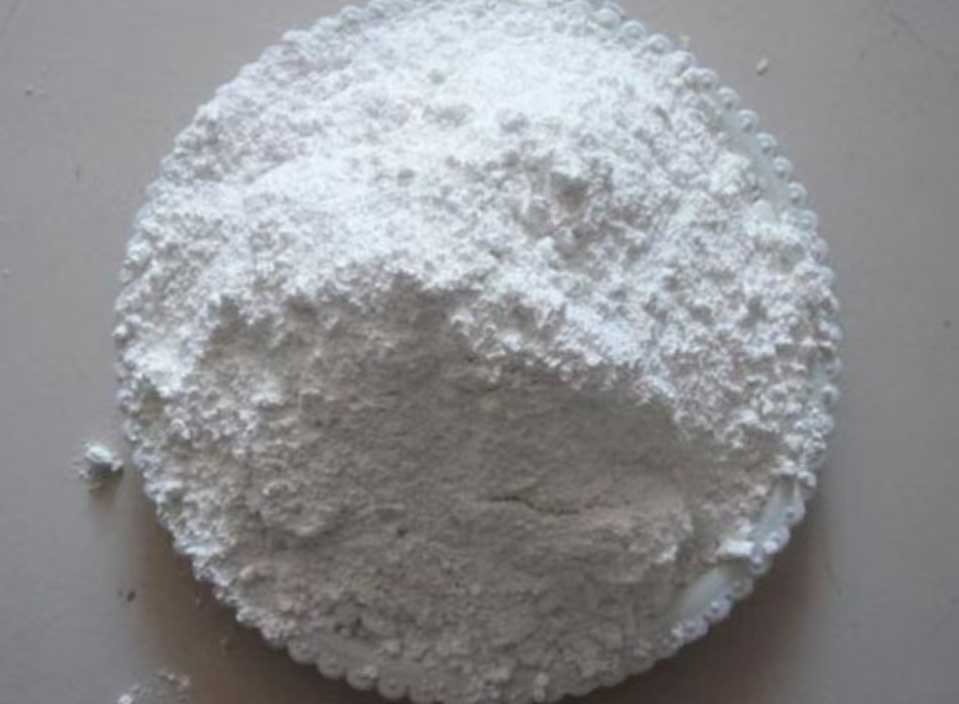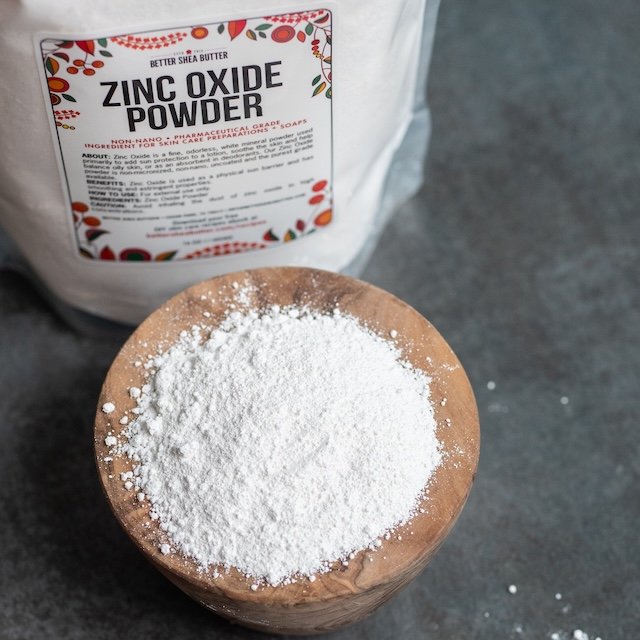Oxid Zinc: Key Properties, Functions, and Market Demand
Oxid zinc, more commonly referred to as zinc oxide (ZnO), is a white, powdery inorganic compound widely recognized for its multifaceted roles in industrial, chemical, and consumer applications. Whether used in rubber compounding, ceramics, pharmaceuticals, or electronics, oxid zinc remains a material of strategic importance in global manufacturing.
In this article, we’ll explore:Zincoxide and Its Rising Role in Modern Manufacturing Industries 20252025 The Essential Guide to Zinc Oxide (ZnO) in Rubber Manufacturing Quality Zinc Oxide Powder Manufacturer
-
What oxid zinc is
-
Its key physical and chemical properties
-
Functional applications across industries
-
Global market trends and demand forecasts
What Is Oxid Zinc?
Oxid zinc (chemical formula: ZnO) is an inorganic compound formed by the oxidation of zinc. It appears as a fine white powder and is insoluble in water, but soluble in acids and alkalis. It is typically produced via two main processes:
-
Indirect (French) Process – High-purity, used for rubber and cosmetics
-
Direct (American) Process – Lower-cost, suitable for ceramics, fertilizers, and paints
🌐 According to ScienceDirect, ZnO is a wide-bandgap semiconductor with excellent optical and thermal properties.
Key Properties of Oxid Zinc
| Property | Description |
|---|---|
| Appearance | White or yellowish powder |
| Purity | 80%–99.9% depending on grade |
| Particle Size | 0.1 to 10 microns (nano to micro level) |
| Solubility | Insoluble in water, soluble in acid/alkali |
| Melting Point | 1,975°C (3,587°F) |
| Thermal Conductivity | High, suitable for heat dissipation |
| UV Absorption | Excellent, used in sunscreens & coatings |
These properties make oxid zinc ideal for both structural and functional material applications.
Core Functions and Applications
🔧 1. Rubber Industry
Zinc oxide is a critical activator in sulfur vulcanization, improving elasticity, tensile strength, and aging resistance. It is used in tires, hoses, and seals.
🎨 2. Paints and Coatings
Acts as a pigment, UV stabilizer, and anti-microbial agent, extending the life of outdoor paints and ceramic coatings.
💊 3. Pharmaceuticals and Cosmetics
ZnO is used in ointments, sunscreens, and creams for its anti-inflammatory and UV-blocking properties.
🔋 4. Electronics and Energy
Due to its semiconducting properties, oxid zinc is used in:
-
Transparent conductive films
-
Piezoelectric sensors
-
Solar cells and battery electrodes
🌱 5. Agriculture
Serves as a zinc micronutrient in fertilizers and animal feed, especially in zinc-deficient soils.
📘 Learn more from the International Zinc Association
Market Demand and Global Trends
🌍 Growing Demand in Asia & Middle East
With industrial growth in countries like India, China, and the UAE, the need for low- to mid-grade oxid zinc is rising—especially for rubber production and agrochemicals.
📈 Forecast
According to Research and Markets, the global zinc oxide market is expected to reach USD 6.1 billion by 2027, driven by:
-
Automotive tire demand
-
Eco-friendly cosmetics
-
Expansion of ceramic and electronic sectors
💡 Emerging Trends
-
Rise of nano zinc oxide in transparent applications
-
Use of active ZnO for faster curing in rubber
-
Development of green production technologies with lower emissions
Frequently Asked Questions (FAQ)
1. What is the difference between oxid zinc and zinc oxide?
They are the same; “oxid zinc” is an alternative or technical term for zinc oxide (ZnO).
2. Is oxid zinc safe in cosmetics?
Yes, when properly formulated, it is FDA-approved for topical use in sunscreens and skin creams.
3. What purity grades are available?
Common grades include 85%, 90%, 99%, and nano-grade (>99.9%) for electronics and pharmaceuticals.
4. Can oxid zinc be used in food or animal feed?
Yes, food-grade and feed-grade ZnO is used as a zinc supplement in agriculture and animal nutrition.
5. How is zinc oxide transported and stored?
It is packed in 25 kg or 50 kg bags, kept in dry, ventilated storage to avoid clumping or contamination.
Conclusion
Oxid zinc is more than just a white powder—it’s a critical enabler of durability, safety, and performance across dozens of industries. As the world pivots toward cleaner materials and smarter infrastructure, oxid zinc will remain an essential compound with expanding applications.
Whether you’re sourcing for industrial rubber, ceramics, or pharmaceuticals, understanding the core properties and market dynamics of oxid zinc helps you stay ahead in procurement, product development, and sustainability planning.



